A calm down box has a variety of sensory tools that a child is encouraged to use when they are feeling frustrated, intense anger to calm-down emotions.The following article provides a list of self-regulates that can be included inside a calm down box.
The items inside the box help a child to self-regulate and to calm down. Self-regulation is the child’s ability to adjust and control their energy level, emotions, behaviours and attention.
The sensory tools can support a child to calm down by helping them to engage in calming and relaxing activities that are visual and hands-on.
Items That Provide Proprioceptive Support
- Weighted lap cushion or weighted stuffed animal
- A weighted vest or pressure vest
- Stretchy resistance bands
- Sensory tunnel
- Mini massager
- Body sock
- Small blanket
- Punching bag or bop bag
- Mini massager
- Weighted lap cushion
- Hand weights
- Resistance/exercise bands
- Compression clothing
- Heated blanket
- Weighted blanket
- Skipping rope
Items To Squeeze & Keep Hands Busy
- Fidgets like Tangle Jr. or puffer ball
- Rubik’s Cube
- Playdough or silly putty
- Pipe cleaners
- Stress balls
- Bubble wrap
- Bag of tissue paper to rip
- Scarves or fabric scraps
- Spinning top
- LEGO kits
- Stress balls
- Rubik’s Cube
- Wooden or metal logic puzzles
- Craft kits
- Cat’s cradle
Items To Support Breathing & Relaxation
- Bottle of bubbles
- Pinwheels
- Straws and cotton balls or pom poms
- Book of yoga poses or yoga activity cards
Items For Olfactory Sensory Support
- Calming essential oil spray
- Smelling bottles
- Scratch and sniff stickers
- Calming essential oil spray
- Scented lotion
Items To Get Kids Moving
- Book of yoga poses or yoga activity cards
- Skipping rope
Items For Auditory Sensory Support
- Noise-cancelling headphones
- MP3 player with music
- Audiobooks
Items That Give Kids A Brain Break
- Puzzles
- Books to read
- Blank notebook/journal and writing utensils
- Colouring books
- Scratch-art doodle pad
- Activity books
- Brain Quest cards
- Doodle books
- Mad Libs
- One player travel-sized games
- Small chalkboard, Magna-Doodle, Etch-a-Sketch, or Boogie Board
Items For Oral Motor Sensory Support
- Chew toy or chew necklace
- Chewing gum, hard candies, or lollipops
- Snacks with a variety of textures
- Whistle, harmonica, party blowers, or similar
- Rescue Remedy Spray
Items To Visually Calm
- Visual calm down cards
- Sensory bottle or calm down jar
- Light up toys
- Flashlight
- Plastic snow globe
- Kaleidoscope
- Hourglass
- Eye mask
Further Reading
Strategies To Help Angry Children Cool Down - Here are a few strategies that early educators can use to help angry kids cool down.
Pattern Posters - Pattern Posters can be used as a calming down technique for children when they are feeling overwhelmed. Children can trace the pattern with their fingers or use stones to place along the pattern to help them focus when they are unsettled. These can also be used with play dough as well. These are a great addition to add to a Calming Corner.
Patterns and Stones - Children can use stones to trace patterns which helps a child to focus on when they are feeling unsettled.
Calming Playdough - Three different playdough recipes will help children to calm down as they manipulate it.
Hide and Seek Sensory Bottle - Create this easy-to-make hide-and-seek sensory bottle for children to find different objects.
Stress Ball Balloons - Help an upset child to settle using the balloon stress balls, which children can use to manipulate.
Air Drawing Brain Breaks - Air Drawing Brain Breaks enables children to take a break from their tasks and refocus. They start at the dot and follow along the line. These can be shown to children and they redraw the pattern in the air or laminate and children follow along the line with their fingers. A great addition to having a calm-down area.
Reference:
Calm Down Kit For Kids, Nextcomes ESL


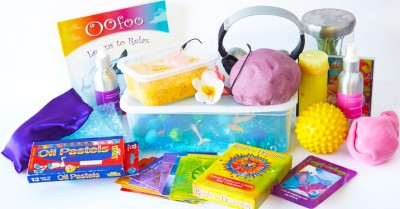


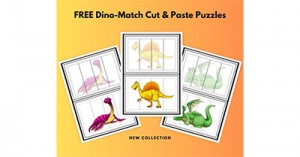

 Working as a childcare professional can be a challenge especially when dealing with behavioural problems which may arise. The techniques we use when dealing with
Working as a childcare professional can be a challenge especially when dealing with behavioural problems which may arise. The techniques we use when dealing with There are different types of behaviour that children can display and sometimes it can be hard to manage, especially if a child is having behavioural
There are different types of behaviour that children can display and sometimes it can be hard to manage, especially if a child is having behavioural As a parent, your behavioural expectations of your child can be higher than what is actually developmentally appropriate for your child's age.
As a parent, your behavioural expectations of your child can be higher than what is actually developmentally appropriate for your child's age.
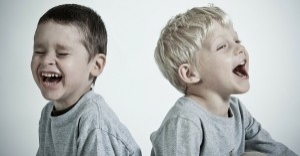 As Educators, there will be many instances where you will need to write about a child's behaviour. For a behaviour management plan, assessments, half-yearly or
As Educators, there will be many instances where you will need to write about a child's behaviour. For a behaviour management plan, assessments, half-yearly or As Educators when communicating with Parents (through verbal or non-verbal communication), there will be times where we need to discuss issues or concerns that may
As Educators when communicating with Parents (through verbal or non-verbal communication), there will be times where we need to discuss issues or concerns that may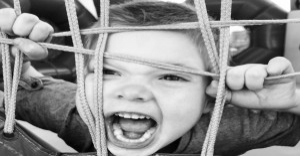 Challenging Behaviour is when a child does something that hurts themselves and/or other people.
Challenging Behaviour is when a child does something that hurts themselves and/or other people.
 As part of your child's development it is normal for your child to have anxiety and fears. A baby commonly shows a fearful sign to
As part of your child's development it is normal for your child to have anxiety and fears. A baby commonly shows a fearful sign to It's always difficult to bring up behavioural issues with parents, it can be nerve wrecking to tell a parent that their child misbehaves but that
It's always difficult to bring up behavioural issues with parents, it can be nerve wrecking to tell a parent that their child misbehaves but that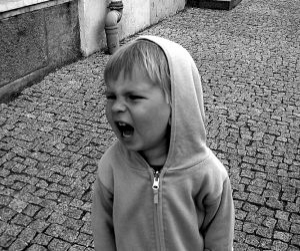 All children deal with anger on a daily basis. Thinking about it as a child, there is a lot to be angry about. Elder people
All children deal with anger on a daily basis. Thinking about it as a child, there is a lot to be angry about. Elder people It is important to understand that your child behaviour problems could not just be from attention seeking. There are many factors to take into consideration
It is important to understand that your child behaviour problems could not just be from attention seeking. There are many factors to take into consideration


